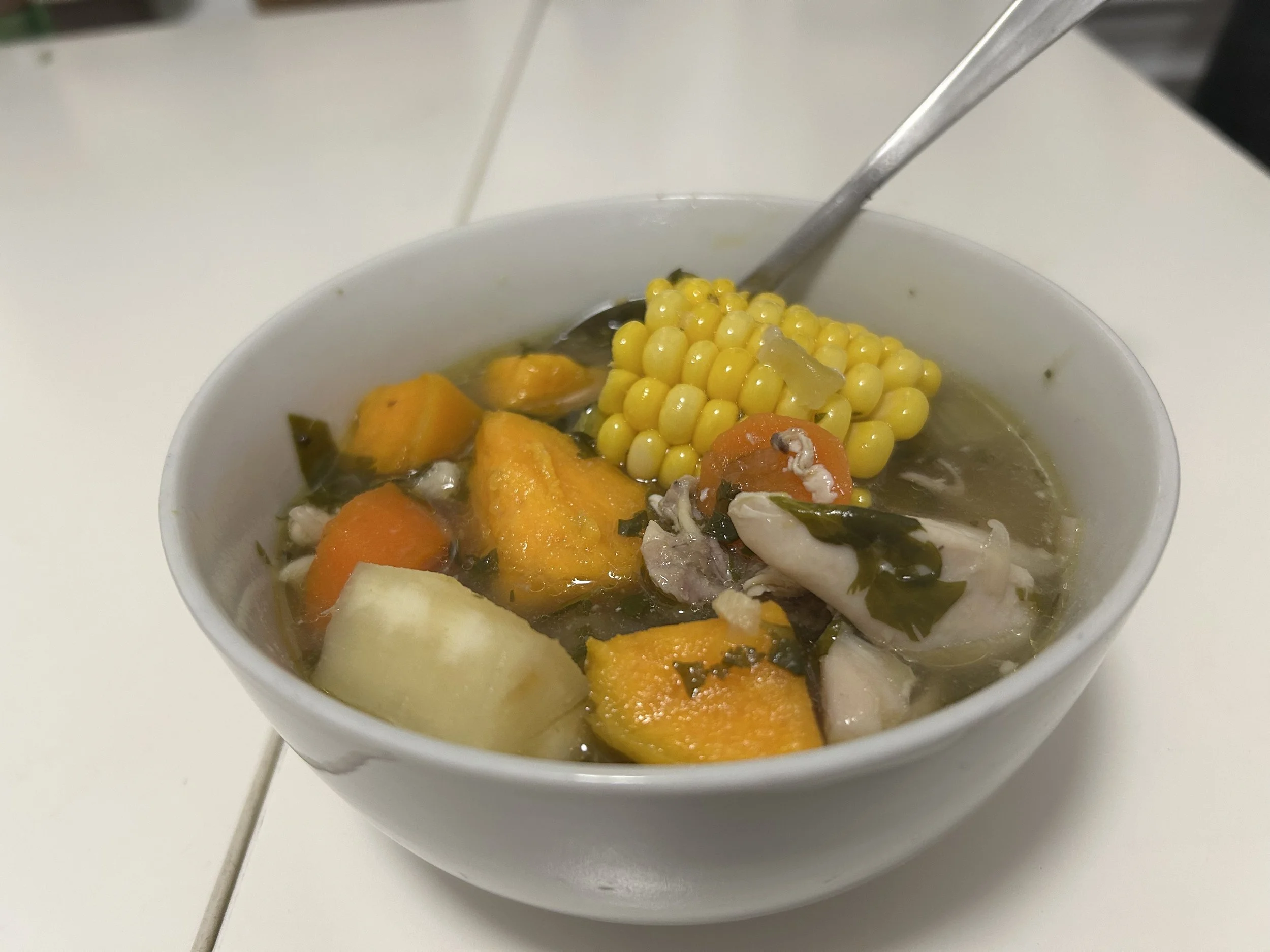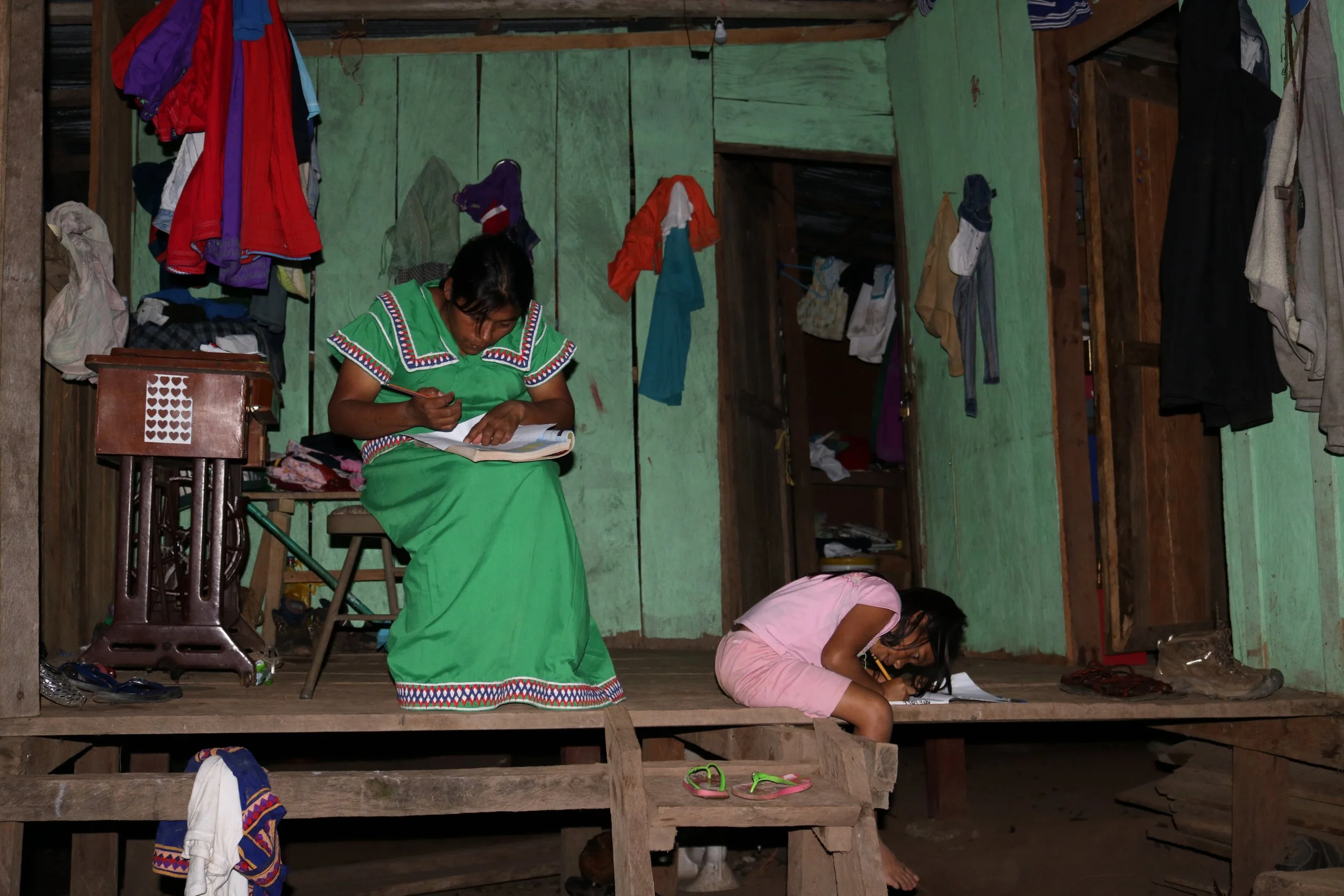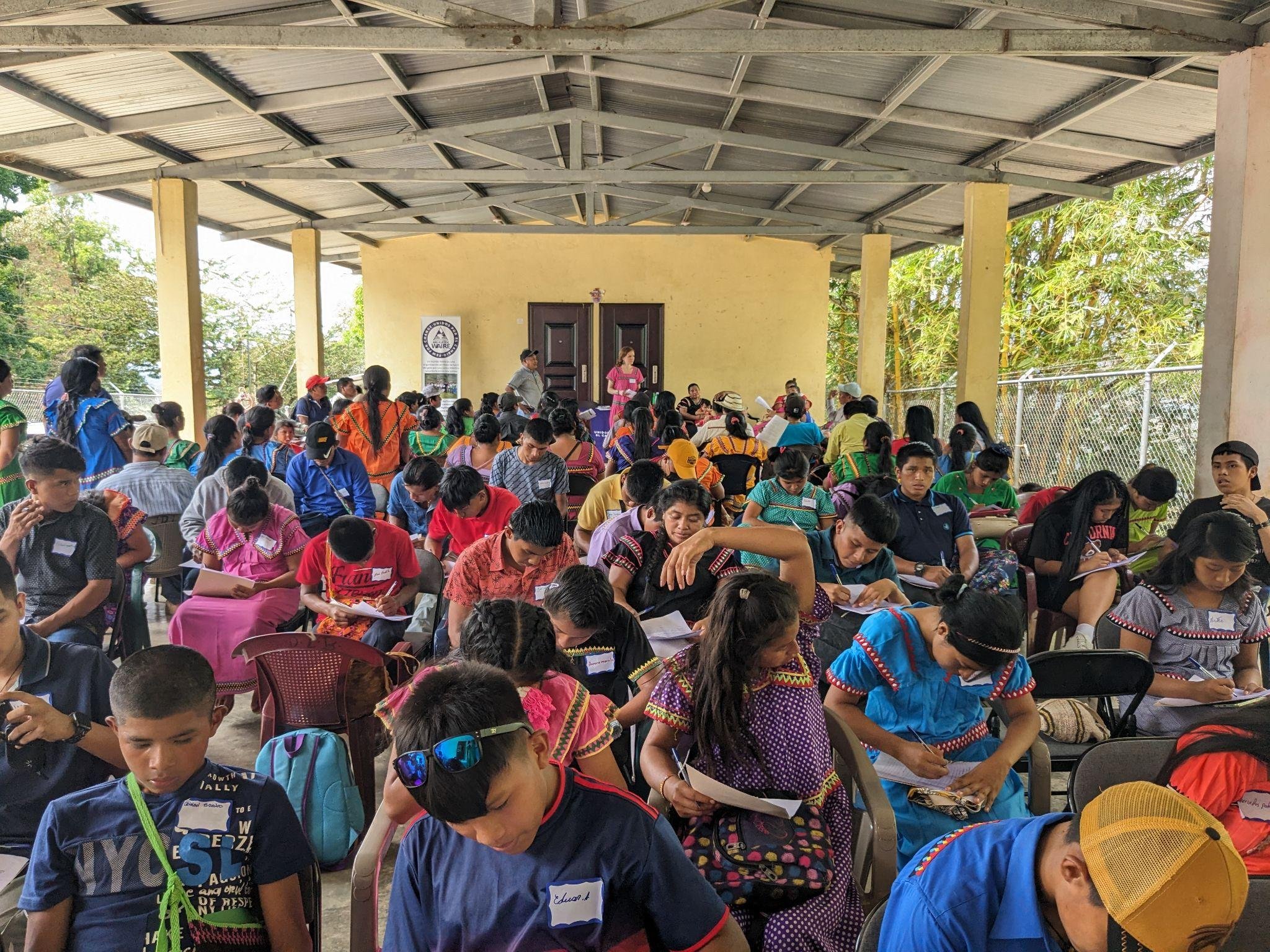This guest post from Few for Change Education Access Fellow Tara Beattie explores the barriers to accessing education in the Comarca Ngäbe-Buglé and shares some exciting results from our first ten years of operation.
Recently the importance of education has become so much more relevant to many of us. As the COVID-19 pandemic has closed schools all over the world, there is new meaning to how important they are to the well-being of our students and to the general functioning of our society. Parents now have to juggle working from home and helping their kids with schoolwork. Students who rely on school for the majority of their meals are suffering due to lack of access to reliable meals. For many college students like myself, we’ve had to transition to online classes, which don’t feel the same as being on campus with fellow classmates. Some of the most important aspects of learning cannot be transferred online. We no longer have outdoor labs where we can do hands-on learning, it’s harder to collaborate on group projects remotely, and don’t even get me started on Zoom voice lessons. This pandemic has forced everyone to make some difficult changes, but it has also made us reflect on the things that are truly important to us. In some parts of the world even under normal circumstances, school is not a given, but more of a privilege. While there is a lot of hardship going on in the world right now, in this post I’m going to share some good news about education.
As Few for Change’s Education Access Fellow, I have spent the last several months researching the barriers to education in the Comarca Ngäbe-Buglé and analyzing data about how (and whether) Few for Change is increasing access to education. Here’s the good news: As we enter our eleventh year giving scholarships to students in the Comarca Ngäbe-Buglé, our research shows that the program is making a positive difference.
To begin with, let’s start with some background information about poverty and education statistics in Panama and, specifically, the Comarca Ngäbe-Buglé. Poverty can have many different definitions depending on who you ask. In 2018, UNICEF did a study of “multidimensional poverty” among children and adolescents living in Panama. They recognized 10 indicators of poverty including lack of sanitation, lack of access to clean water, lack of prevention against health risks, lack of varied food resources, lack of education/training, lack of access to internet, lack of adequate infant care, lack of adequate child care, scarcity of living materials, and overcrowding in living situations. A child has to meet at least 3 of these indicators to be considered “multidimensionally poor.” According to this study, the rate of multidimensional poverty among children and adolescents in all of Panama is 32.8%, while the rate of multidimensional poverty among children and adolescents in the Comarca Ngäbe-Buglé is 95.4%. The intensity level of poverty in the comarca is 59.5%, meaning that the average person in the comarca meets about 6 out of the 10 poverty indicators.
This image from the UNICEF study shows the demographics of youth and adolescents in Panama recognized as “multidimensionally poor”. It also shows that the Comarca Ngäbe-Buglé has the largest number of “multidimensionally poor” youth and adolescents, accounting for over half of the total for the whole country. Source: https://public.tableau.com/profile/horacio.garc.a#!/vizhome/IMP-NNAPanama2018/Story1
Few for Change focuses primarily on one of these indicators of multidimensional poverty: lack of access to education. Data from MEDUCA, Panama’s Ministry of Education, show a drop in enrollment rates after primary school (grades K-6) across the entire country, but this drop is especially pronounced in the comarca. There are many barriers that force kids to drop out, including needing to work or help support their families, getting pregnant, and not being able to afford transportation costs or materials needed for school.
As the Education Access Fellow for Few for Change, one of my goals was to compare dropout rates and student enrollment among Few for Change students, to those of students in the rest of Panama. While we know that the dropout rate is higher in the Comarca Ngäbe-Buglé, we hoped to find that the number of Few for Change students dropping out had decreased over time and that the dropout rate was lower for students in the program than the average in the region. Looking at the data from the first ten years since our founding, the number of total scholarships awarded each year continues to increase, and the dropout rate seems to be decreasing even as we add students to the program. For our students who do drop out, they tend to do so around 10th grade. Some get married, some get pregnant, some drop out for work, and others move away for family reasons.
The graph above shows the number of scholarships awarded each year to Few for Change students compared to the dropout rates of these students over the years. As the Few for Change scholarship program has grown, the dropout rate among our students has started to decrease.
This last graph shows that the Comarca Ngäbe-Buglé and Bocas del Toro province have higher dropout rates compared to the country as a whole and surrounding provinces. Although Few for Change students are not separated by grades when comparing dropout rates, the dropout rate among our students is lower in 2018 and 2019 than the dropout rates for all students in premedia (grades 7-9) and media (grades 10-12) in the Comarca Ngäbe-Buglé. We were thrilled to see this when we reviewed the data, and we hope to continue to see the positive impacts that these scholarships have on the students and their communities.
In a recent letter to our supporters, Few for Change President Katie Clay announced that Few for Change will continue to send scholarship funds as scheduled even though school has been closed for the remainder of the academic year (March through December). Our students and their families often rely on the scholarships not just for school supplies, but also for food, electricity, rent, and other basic needs. At a time when many other sources of consistent income have disappeared, we feel that our students and their families need us now more than ever. Looking to the future, we will keep researching the barriers that are preventing students from attending school, and continue working to eliminate these barriers for all. For now, in these uncertain times, we must continue to be grateful for what we have, and to support each other however we can.














